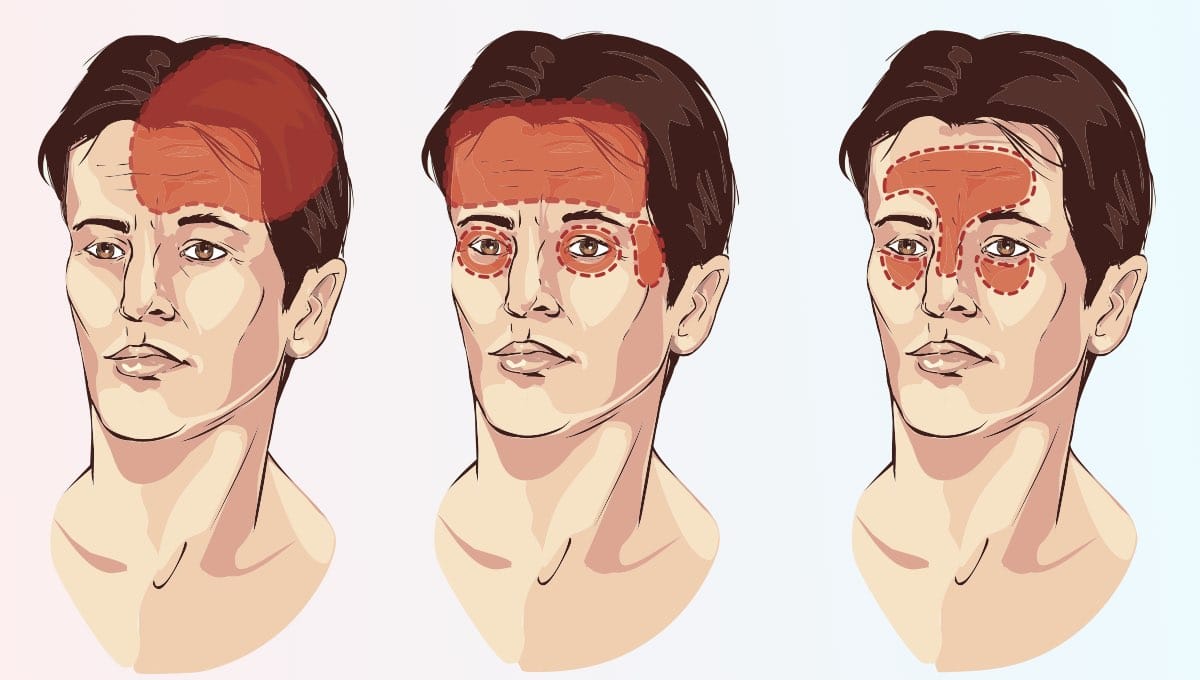What Is a Brain Aneurysm? Know Its Symptoms, Causes, And Risk Factors
What is a brain aneurysm?
A brain aneurysm is also known as a cerebral aneurysm. It is an abnormal blood-filled bulge or balloon-like structure in the wall of a blood vessel that supplies blood to the brain. It can occur when the artery wall weakens and swells as a result of intense pressure. If left untreated, a brain aneurysm can rupture and cause serious health conditions such as stroke, brain damage, or even death.
Signs and symptoms of a brain aneurysm
Brain aneurysms most often occur without any warning signs. Still, some individuals may experience symptoms such as:
- pain behind the eye
- a sudden severe headache
- a stiff neck
- nausea and vomiting
- double vision
- numbness or weakness on one side of their face or body
- confusion
- difficulty speaking
- sensitivity to light
If you think you or someone may have brain aneurysm symptoms, it’s important to call 911 or go to an emergency room right away.
What causes a brain aneurysm
The exact cause of a brain aneurysm is not known, but certain factors may contribute to its formation, including:
- high blood pressure
- smoking
- hardening of the arteries (atherosclerosis)
- genetic mutations
- head injuries
- birth defects
- drug abuse
- infections from bacteria or viruses
- exposure to certain types of toxins.
Risk Factors
Risk factors for developing a brain aneurysm include age (most commonly over 40), family history of aneurysms, race (more common in African-American and Hispanic populations), gender (more common in women than men), and high blood pressure.
How brain aneurysms are treated
Treatment for a brain aneurysm depends on its size, location, and risk of rupture. Treatment options include:
- Surgery – to repair or clip off the aneurysm
- Endovascular Coiling – to block blood flow into the aneurysm using tiny metal coils
- Open Craniotomy – to remove the aneurysm from the brain
- Endovascular Embolization – to block blood flow into the aneurysm using tiny particles or glue
- Medical Management – to reduce the risk of rupture and manage symptoms, it is important to speak with a healthcare professional about all available treatment options.
How to prevent brain aneurysm
The simple truth is that brain aneurysms are often unpredictable and difficult to prevent. However, there are some lifestyle changes you can make that may reduce your risk:
- Maintain healthy blood pressure.
- Eating a balanced diet along with regular exercise can help keep your blood pressure in check.
- Avoid smoking or using other forms of tobacco.
- Limit excessive alcohol consumption.
- Reduce your stress levels.
- Take steps to protect your head from traumatic injuries. Wear a helmet when biking, playing sports, or engaging in other activities that could cause a head injury.
- Regularly check with your doctor to ensure early detection of aneurysms if they develop.
Article Sources
- Cerebral Aneurysms. National Institute of Neurological Disorders and Stroke. https://www.ninds.nih.gov/health-information/disorders/cerebral-aneurysms
- Brain aneurysm. NHS. https://www.nhs.uk/conditions/brain-aneurysm/
- Brain aneurysm – Symptoms and causes. Mayo Clinic. https://www.mayoclinic.org/diseases-conditions/brain-aneurysm/symptoms-causes/syc-2036148






